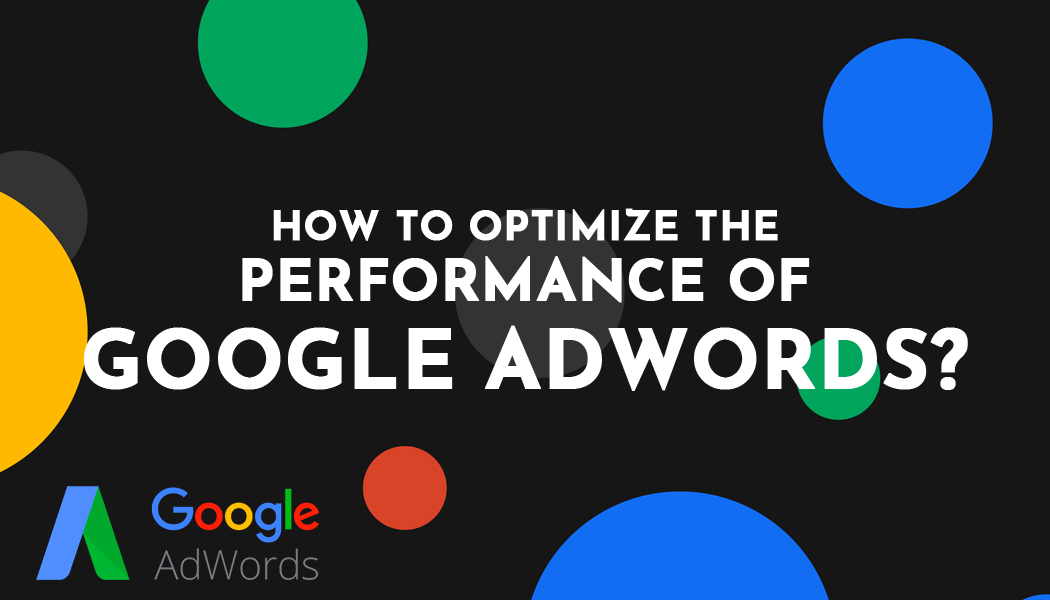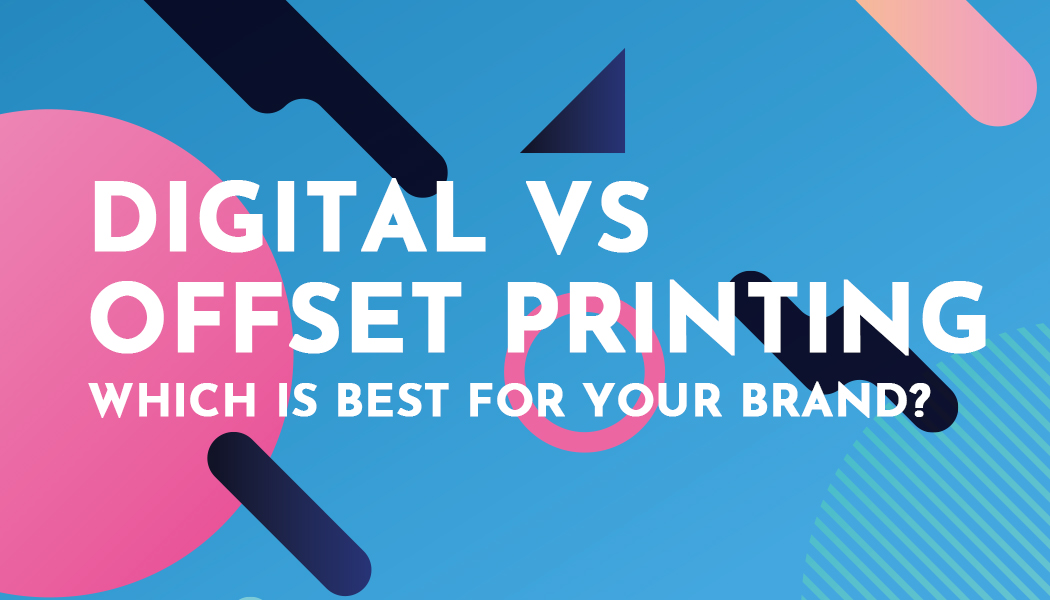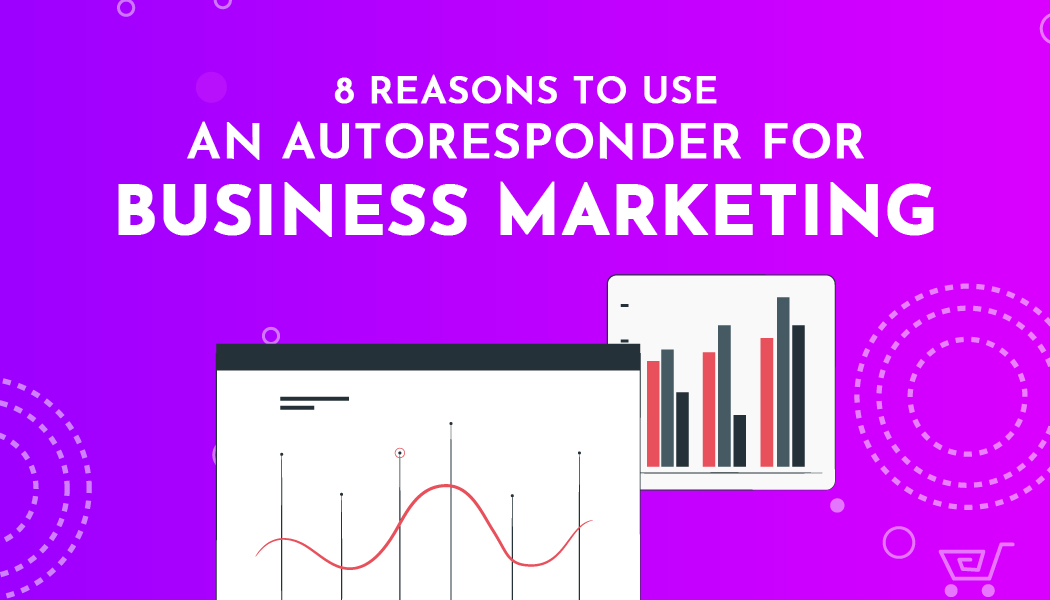How to optimize the performance of Google Adwords?
As the world's most prominent and most popularly used online advertising platform, Google Adwords has served millions of advertisers to approach new customers and expand their businesses.
However, for all the comfort and accessibility promised by Google advertising, many newcomers to paid search find themselves dissatisfied by the results of their first campaigns.
Why?
Because they haven't precisely optimized their Google Adwords account.
Google Adwords optimization can be intimidating at first, but it doesn't have to be. Optimizing a Google account can be much easier than you might think. All it needs is little planning and preparation. Some best methods to optimize the performance of Google Adwords are:
1. Analyse, refine, and add to your keyword list
If a keyword holds a clickthrough rate (CTR) of fewer than 1% after you've tried to optimize it, then delete it. That was simple.
Remember, you are bidding on keywords that actual people explore, and their popularity varies over time. Also, new keywords will constantly be emerging.
You can track these changes and discover unique keywords by using Wordtracker's Keywords tool with Google Insights.
Attach the new keywords you find to relevant existing Ad Groups. If there is no suitable group, start a new one.
Within your Google Adwords Groups, always look for keywords that can be used to start new Adword Groups with their adverts and landing pages.
It enables the old and new Adword Groups to have adverts and landing pages more relevant to their keywords. And more relevant ads and landing pages mean higher Quality Scores and lower Cost Per Click (CPC).
2. Keep testing your ad copy & landing pages
It is always desirable to enhance your ad copy and improve Click Through Rate (CTR). However, Google AdWords doesn't force you to test new ads, so Always Be Testing one to three new ads against your current best-performing ad.
You can also examine new landing pages against your current page. For example, give 50% of your clicks to landing page A (your 'control' or existing page) and 50% to a different landing page B ('test' page). If B functions better, it becomes your current instrument which you then try to beat with a new test page.
You can test editing everything on your landing page, from the color of your response buttons to your preference of font. But try beginning with your 'offer' – your product's price, discount, and package.
Google's Website Optimizer allows robust A / B testing of your landing pages and is available for free.
3. 200 is the magic number at which response can be judged
200 is the magic number: two hundred ad impressions and 200 clicks.
If a Keyword receives 200 impressions, then 200 people whose searches have matched your keyword bid have viewed your ad. And 200 impressions is sufficient to judge your ad's performance.
If your ad gets fewer than a 1% clickthrough rate (CTR), you must either remove the keyword, add more negative keywords, or update your ad text.
If a Keyword receives 200 Clicks, then 200 people who have viewed your ad have clicked on it and visited your landing page. And two hundred visits to your landing page are sufficient to assess its conversion rate and subsequent profitability.
Your different bid cost, sales process, and profit margins will decide what Conversion Rate is required to make a value. But if you are converting below 1%, then it's possible that either something needs changing to improve conversion or delete the keyword.
4. Use location targeting to show your ads only in relevant parts of the country
Many Google AdWords accounts only have one Campaign targeted to one location.
If your product or service is location-specific – you can use Google. Google AdWords Location Targeting points to only target people in the fields you can sell to. You can configure this from the Public section on your Campaign's Settings page.
But the location service is not ideal as it's based on IP address, and some IPs don't resemble user location. To deal with this, you can manage a second Campaign with much broader location settings - e.g., a whole country - but only bidding on keywords that include 'location words.'
Innovative location targeting like this should dramatically decrease your Google AdWords costs and increase relevancy.
5. Run Search Query Reports finding new keywords to venture on
Driving a Search Query Report in Google AdWords will display the specific searches that your ads performed for, and you can use these to refine your Ad Groups further. Here's how to achieve it …
- Go to the 'Keywords' tab.
- Click on the 'See Search Terms' dialog box and then 'All.' A pop-up window will appear.
- View the Phrase and Broad Match keywords and examine adding them as specific keywords, perhaps with their own Google Adwords Groups. Any improper keywords can be added as negative keywords.
6. Schedule your Campaign to be on when customers respond
Fish when the fish are feeding.
You can quickly increase your Clickthrough Rate (CTR) by ensuring your Campaign is on only when you get the best results. Find out when that is by studying responses across various days of the week and times of the day.
Your Campaigns' prevailing scheduling is summarized in the 'Ad scheduling' column in the 'Settings' tab view for all your campaigns.
Review of how to optimize your Google AdWords Campaigns
- Never stop optimizing your Google AdWords Campaigns.
- Regularly see for new keywords to attach to your Ad Groups.
- Split Ad Groups up to provide the more targeted ad copy and landing pages.
- Use various match-type bids to create a 'bid stack.'
- Constantly be testing your ad text and landing pages to find higher clickthrough and conversion rates.
- Judge keywords after 200-page impressions.
- Judge landing pages after 200 clickthroughs.
- Cut keywords that you can't get more beneficial than 1% clickthrough and conversion rates for.
- Apply location targeting to show your ads only in relevant parts of the country.
- Run Search Query Reports finding new keywords to bid on.
- Program your Campaign to be on when customers respond.
And Finally… Make Optimization a Practice.
As you can tell at this time, there will forever be new opportunities to test in each vital area of your Google Adwords campaign. Google Adwords optimization is not a one-time event!
You need to make it a practice to continually test your targeting, your ad copy, and your landing pages if you desire to maximize your return on investment.




